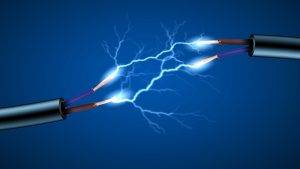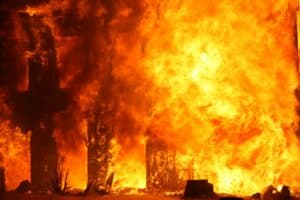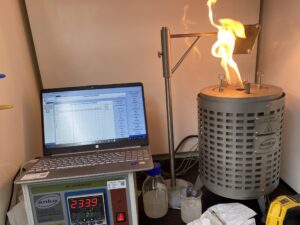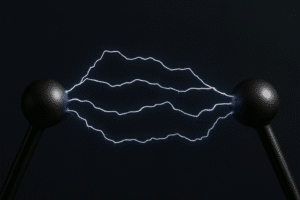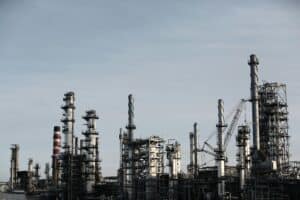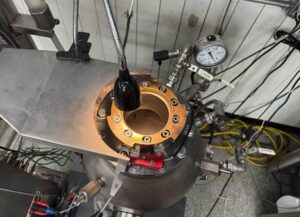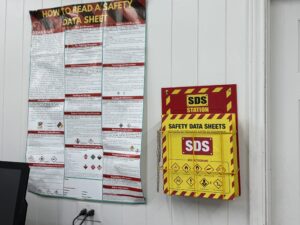We also offer
What Is an Incident Investigation?
An incident investigation—often referred to as accident investigation—is a structured process used to examine unplanned events that disrupt normal operations. These events may result in injuries, property damage, environmental releases, or near misses (events that could have caused harm but didn’t).
The goal of incident investigation is to determine what happened, why it happened, and how to prevent it from happening again. This includes identifying root causes, documenting evidence, and implementing corrective actions to reduce future risk.
Why Conduct an Incident Investigation?
In high-risk industries like chemical processing, oil and gas, and manufacturing, incident investigations are vital for:
-
Identifying root causes of fires, explosions, or chemical releases
-
Preventing recurrence by eliminating contributing factors
-
Complying with OSHA regulations (e.g., 29 CFR 1904.39 for incident reporting)
-
Improving safety protocols and emergency preparedness
-
Reducing legal liability and insurance claims
-
Strengthening your safety culture and employee awareness
-
Demonstrating due diligence to regulators and stakeholders
Investigating incidents proactively is not just good practice—it’s a legal and moral responsibility to protect workers, the environment, and your facility.
What Does an Incident Investigation Involve?
At Prime Process Safety Center, we follow a detailed, methodical approach to investigating fire, explosion, and process-related incidents. Our investigation process includes the following steps:
1. Scene Security and Preservation
Secure the incident site to prevent contamination or evidence loss. Limit access and control entry to preserve the integrity of the scene.
2. Documentation
Capture detailed observations through photos, sketches, and field notes. Visual records are essential for reconstructing events accurately.
3. Data Collection
Gather relevant data, including:
-
Witness statements
-
Historical maintenance and inspection logs
-
Operating conditions and system controls
-
Materials, equipment, and structural information
4. Scene Examination
Carefully inspect fire patterns, burn damage, and blast effects to determine the area of origin and potential ignition sources.
5. Hypothesis Formation
Develop multiple plausible scenarios based on the collected data to explain the incident.
6. Hypothesis Testing
Evaluate each scenario using physical evidence, analysis, modeling, or expert consultation to determine the most likely cause.
7. Root Cause Analysis
Identify underlying systemic issues, such as procedural failures, equipment malfunction, or human error—not just surface-level causes.
8. Reporting
Prepare a clear, fact-based report outlining:
-
Timeline of events
-
Evidence collected
-
Root and contributing causes
-
Regulatory implications
-
Recommendations for corrective action
9. Peer Review (Optional)
Validate the findings through internal or third-party review to ensure accuracy and impartiality.
10. Corrective Actions & Follow-up
Propose actionable steps to eliminate future risk, improve safety systems, and reinforce a proactive safety culture.
Why Perform a Fire and Explosion Incident Investigation?
Thorough investigations into fires, explosions, and chemical releases are essential to:
-
Pinpoint the cause of catastrophic events
-
Prevent future incidents through targeted safety improvements
-
Ensure compliance with OSHA, NFPA 921, EPA, and industry standards
-
Maintain business continuity by reducing downtime and liability
-
Strengthen your facility’s risk management program
-
Support legal proceedings and provide forensic insights, when needed
Understanding the root cause is the first step in ensuring it never happens again.
Why Choose Prime Process Safety Center
Industry-Leading Expertise
Our specialists bring decades of hands-on experience investigating complex fire, explosion, and chemical incidents.
Advanced Forensic Techniques
We use the latest tools, technologies, and methodologies—aligned with NFPA 921, OSHA, and CCPS best practices.
Comprehensive & Impartial Reporting
We deliver detailed, unbiased reports that hold up in regulatory reviews, audits, and courtrooms.
Regulatory Knowledge
Our team ensures investigations align with legal and insurance requirements to reduce your liability and exposure.
Actionable Recommendations
Beyond identifying the cause, we help you implement effective strategies to prevent recurrence and improve safety performance.
Post-Incident Training & Support
We offer employee training and process improvements to strengthen your team’s awareness and readiness.
Trusted Across Industries
Our clients span chemical manufacturing, oil and gas, food processing, pharmaceuticals, and more.
FAQ
1. What is the purpose of investigating fire and explosion incidents in industries?
The primary goal is to identify the root cause of the incident, prevent future occurrences, ensure regulatory compliance, and improve overall safety protocols. Additionally, accident investigations are important for defending against claims, determining liability, and establishing a factual basis for legal or insurance proceedings. Investigating accidents helps in finding the root cause, addressing underlying issues, and preventing similar accidents in the future.
2. Who should conduct these investigations?
Conducting an incident investigation is a multifaceted task that necessitates collaboration among professionals from diverse disciplines, including process safety management, engineering, and industrial operations. Typically, this team might include managers, safety officers, technicians, engineers, operational experts, and union representatives, among others. The person responsible for leading the investigation plays a crucial role in its success and significantly affects employee safety by identifying measures to prevent similar accidents in the future.
3. What are the first steps in a fire/explosion incident investigation?
Initial steps include securing the scene, ensuring safety, collecting initial data, and gathering evidence like witness statements and physical items.
4. How is the root cause of an incident determined?
By analyzing evidence, reconstructing the incident, testing hypotheses, and considering all possible contributing factors like equipment failure, process issues, and human factors.
5. What role do regulatory bodies play in these investigations?
Bodies like OSHA and NFPA provide guidelines for investigations and may be involved in reviewing findings, especially in cases of regulatory non-compliance.
6. Why is documentation important in these investigations?
Detailed documentation is crucial for understanding the incident, making informed recommendations, legal proceedings, and insurance claims.
7. How are findings from an investigation used?
Findings are used to develop corrective actions, enhance safety measures, inform training programs, and adjust policies to prevent similar incidents.
8. What challenges might investigators face?
Challenges include incomplete information, complex industrial processes, potential legal implications, and the technical nature of fire and explosion dynamics.
9. How long do these investigations typically take?
The duration varies based on the incident’s complexity, ranging from a few weeks to several months.
10. Are the results of such investigations made public?
While some aspects might be confidential, key findings and safety recommendations are often shared within the industry for broader safety improvement.
11. What is incident investigation
Incident investigation is a structured process used to uncover the causes and circumstances of an incident, typically in a workplace or industrial setting. The term "incident" broadly covers any event that leads to injury, illness, damage to property, or near-misses that could have resulted in harm but did not. The primary objectives of incident investigation are to understand why and how the incident occurred and to develop strategies to prevent similar events in the future.
12. What is the regulatory requirements for incident investigations
The regulatory requirements for investigating fire and explosion incidents can vary depending on the country, region, and specific industry involved. However, there are some common regulations and standards that are generally followed in many parts of the world, particularly in the United States Occupational Safety and Health Administration (OSHA): OSHA mandates that employers must investigate workplace incidents, including fires and explosions, that resulted in injury, illness, or could potentially have caused serious harm (29 CFR 1904.39). This is part of an employer's duty to provide a safe and healthy workplace.
13. What should be done during incident investigations?
In the course of an investigation, acquiring witness statements is essential for obtaining various viewpoints and accounts that enhance the comprehensive understanding of the incident. Capturing photographs is equally critical, as visual records offer significant insights and assist in reconstructing the event. Additionally, securing physical evidence is imperative, as it serves as concrete verification and aids the investigative process. Identifying the underlying cause and disseminating the results to avert future incidents is crucial for learning from the event and enacting required modifications to prevent similar happenings in the future.





